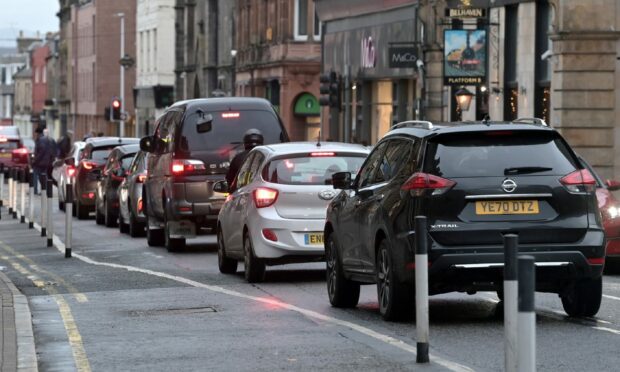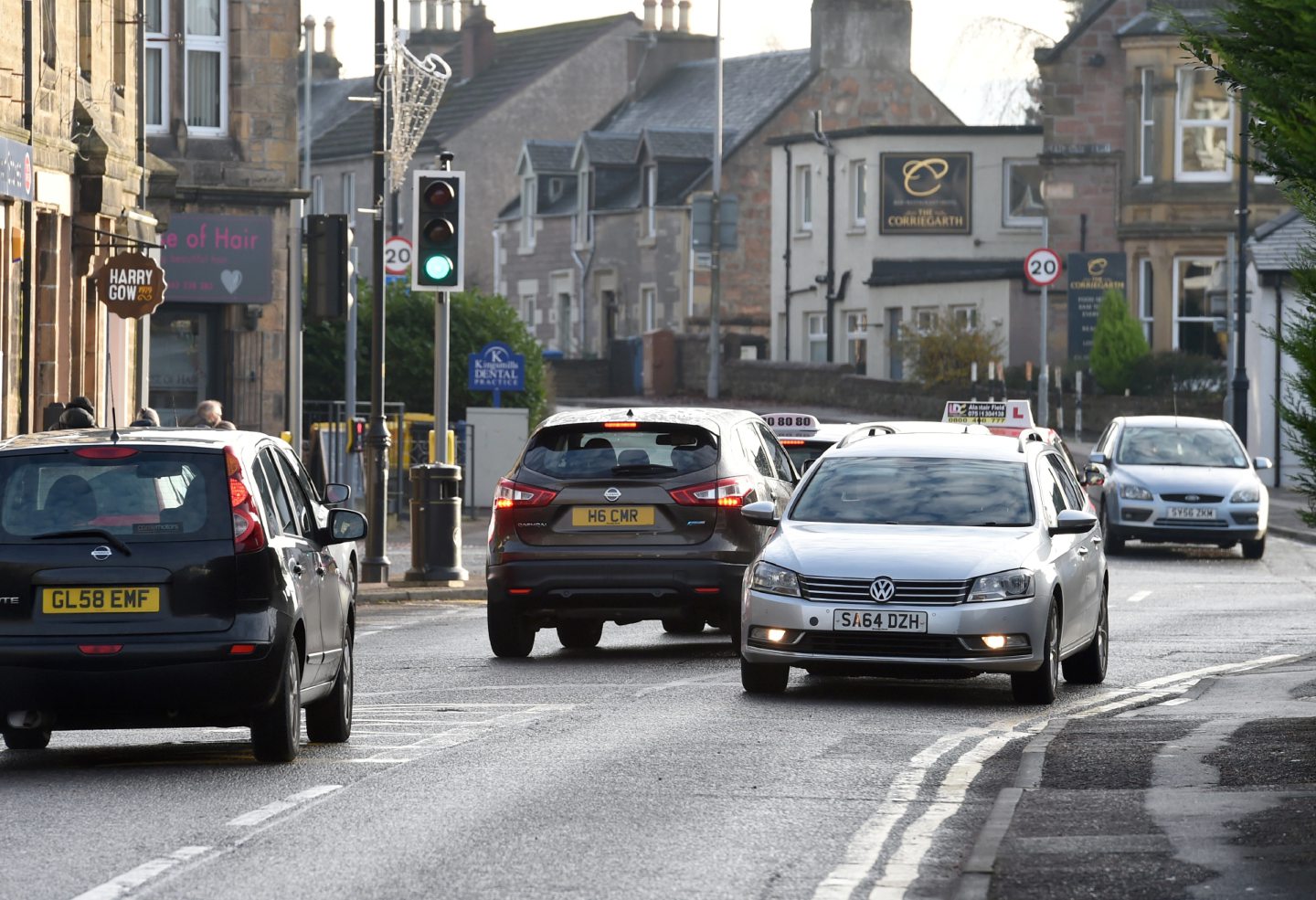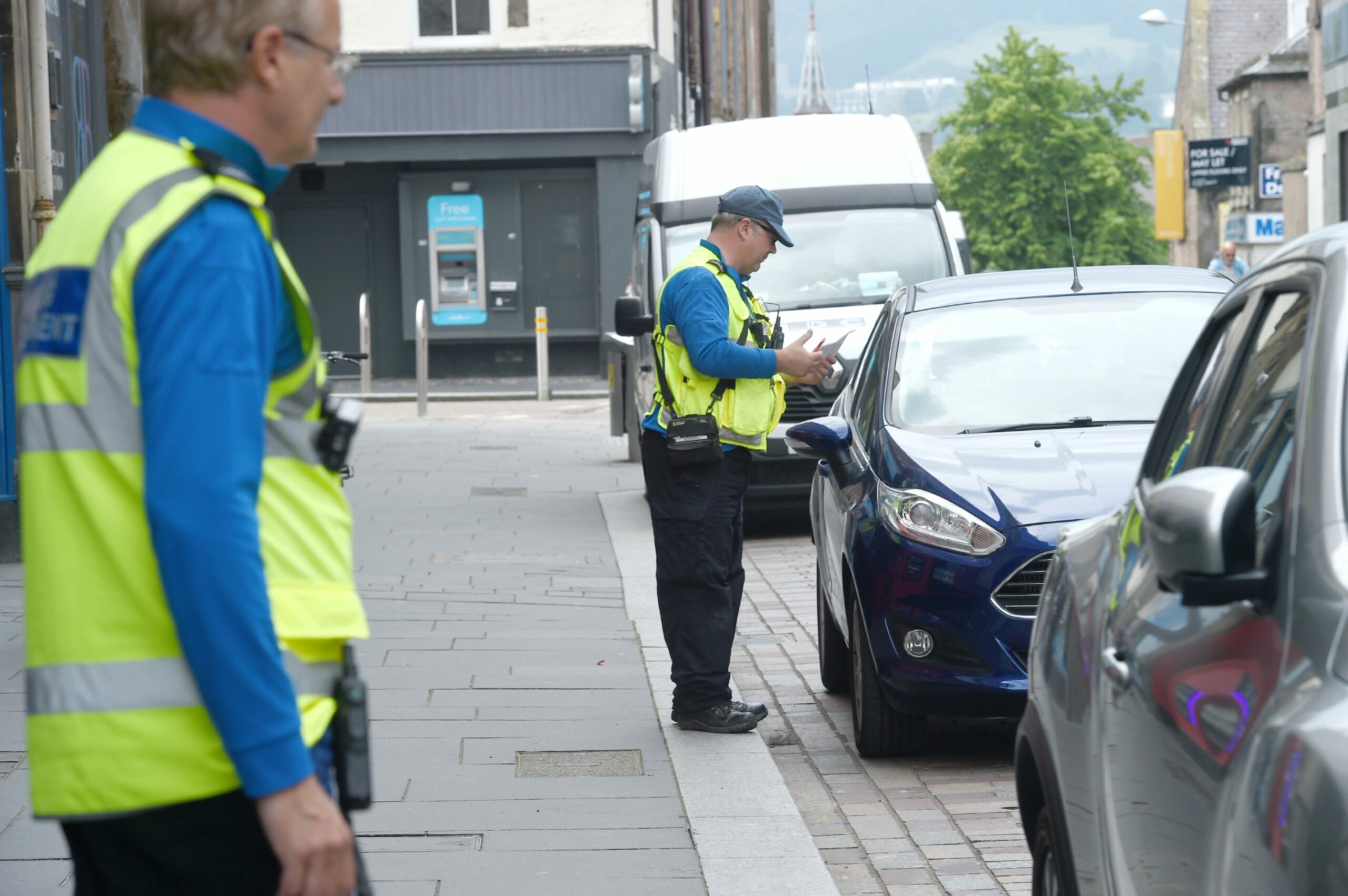An Inverness GP says poor air quality isn’t being taken seriously enough, with new stats suggesting the city is making “little progress” on improving it.
Official figures analysed by Friends of the Earth Scotland suggest that Academy Street is one of the worst in the country when it comes to pollution.
The organisation has also flagged Telford Street as another main culprit.
It’s prompting calls for action, with one doctor saying this “health injustice” could be putting lives at risk.
But Highland Council says work has already been taking place, with even more to follow.
How does Inverness air pollution compare to other cities?
Provisional numbers for the first half of last year show how much nitrogen dioxide was in the air in key locations across Scotland.
The pollutant comes from burning fossil fuels like coal, plus petrol and diesel cars.
In Inverness, they show the levels are well below the 40 microgrammes per cubic metre limit outlined by the EU, reading:
- Academy Street at 29.31 (down from 29.43)
- Telford Street at 12.84 (down from 13.65)
Friends of the Earth Scotland say these demonstrate there’s “little evidence” of them declining in the city.
Other hotspots for 2022 were Hope Street, Glasgow (39.24), St John’s Road, Edinburgh (29.26) and Atholl Street, Perth (29.15).
However, Highland Council says the impact of Covid on “abnormal traffic conditions” is making it hard to properly compare the figures – and don’t account for some recent changes.
What’s being done about it?
At the tail end of last year Highland councillors voted through plans to ban the majority of vehicles from Academy Street, the city’s main thoroughfare.
The authority says it will reduce the number of cars using the stretch daily from 9,000 to fewer than 2,000.
Access will be limited to deliveries, taxis, public transport and blue badge holders in a bid to turn Inverness into a “far greener, far quieter” city.
But a date for a switchover is yet to be decided, with fierce public debate raging over the matter.
Another consultation will be held this year, with more detailed plans expected to be drawn up alongside.
Elsewhere, the council says the Rose Street bus gateway is pulling congestion away from the city centre, while Stagecoach has switched from diesel vehicles to all-electric ones.
“The resultant improvements in air quality arising from these two improvements and others will not become apparent until the monitoring data from 2022 and 2023 becomes available,” a spokesman said.
‘Frustration’ over lack of action
City GP Andrew Dallas, who’s also the chairman of Highland Healthcare for Climate Action, says the Academy Street changes could be pivotal.
Around 2,500 Scottish deaths are linked to air pollution every year, by worsening the likes of asthma.
It also raises risk factors for lung disease and strokes.
Other cities have implemented the likes of low emission zones to help combat this, and Dr Dallas has voiced his “frustration” at the lack of similar action in Inverness.
He said: “If the Academy Street plans come to fruition, it will definitely be a step in the right direction.
“But there are further issues affecting the whole city.
“We know that on days where air pollution levels are higher, we see increased levels of admission to hospital as a result.
“It also contributes to health inequalities because people in lower income areas are significantly more exposed to air pollution.
“This is yet another health injustice as those suffering most from the effects of air pollution they had little to do with creating it.”
The Highland Council spokesman added that the authority, and its partners, are “continuing to look at ways in which to help improve air quality within the city centre.
“This includes, for example, the streetscape proposals for Academy Street, promotion of active travel within the city centre and surrounding areas, and increased availability of electric vehicle charging hubs throughout the city.”



Conversation